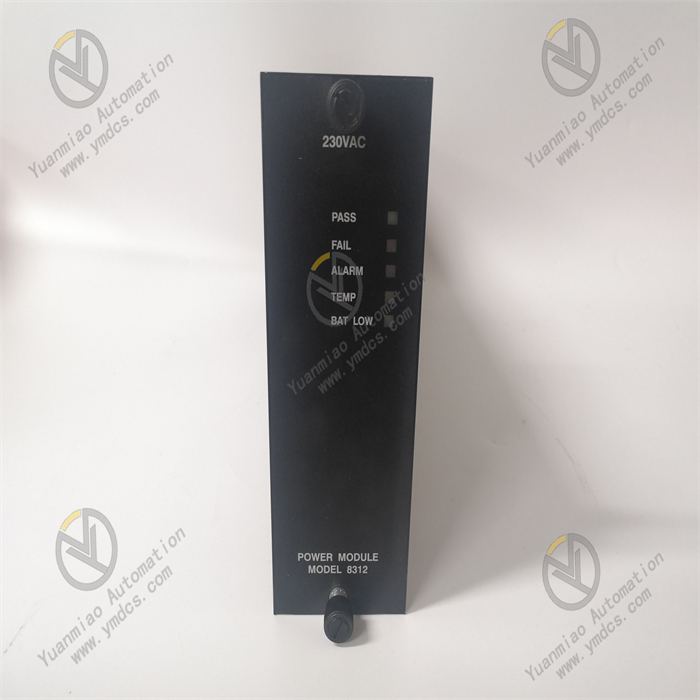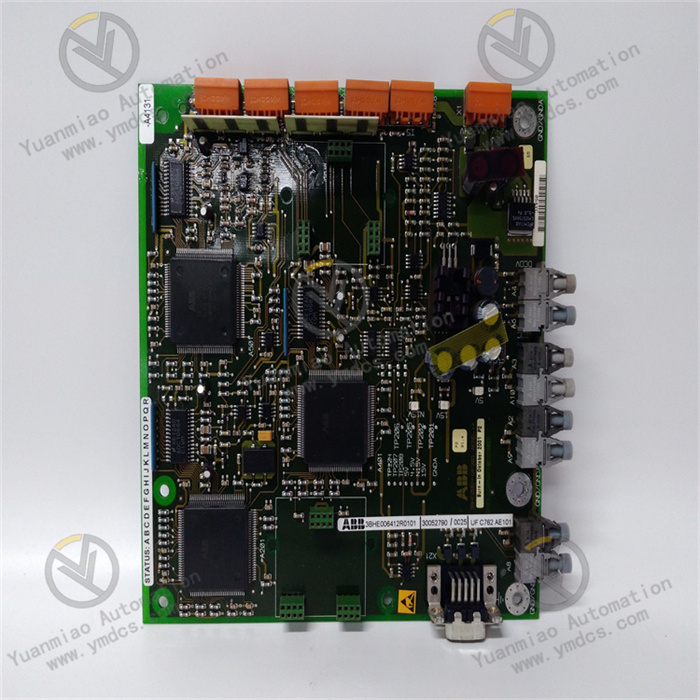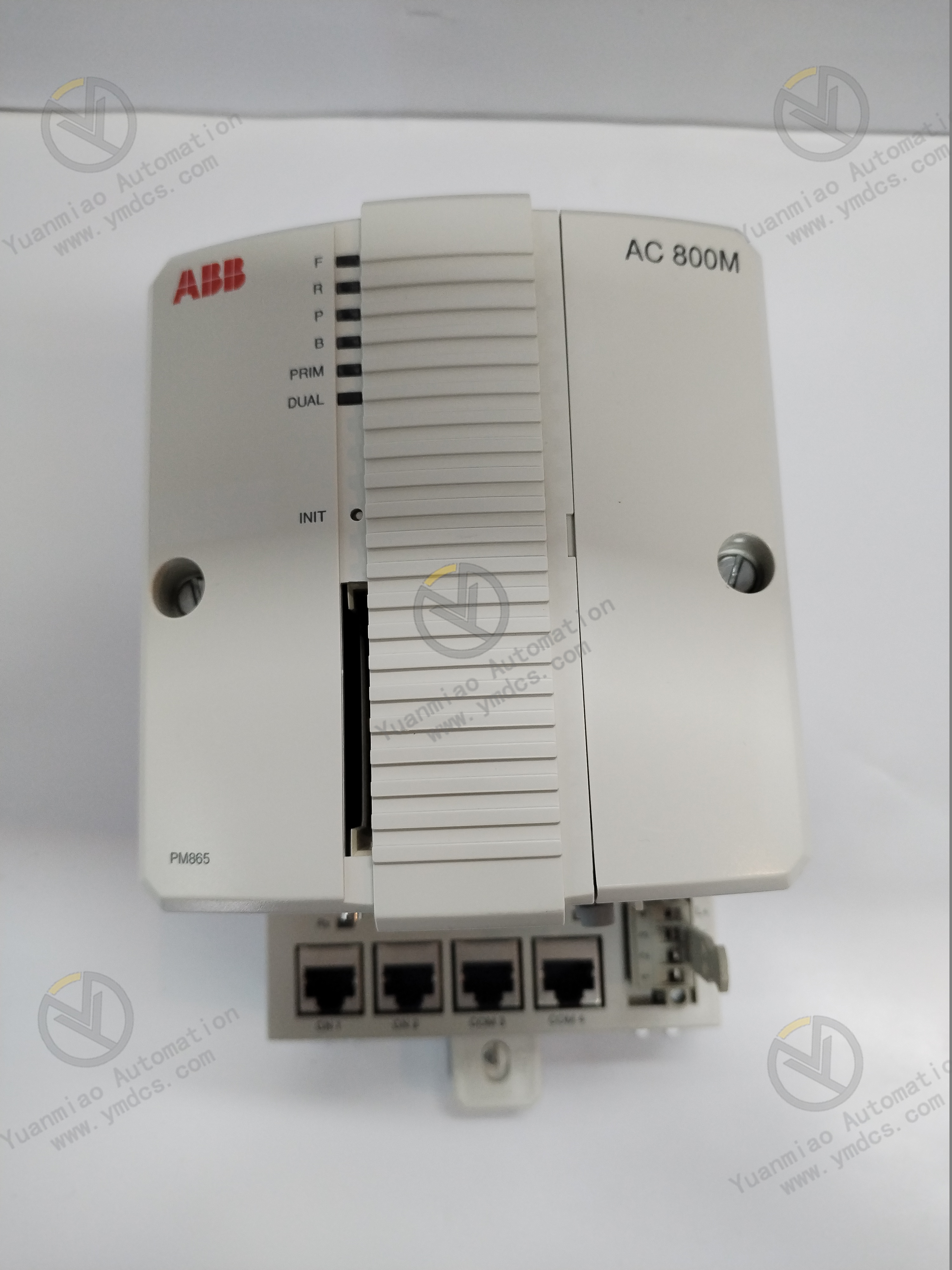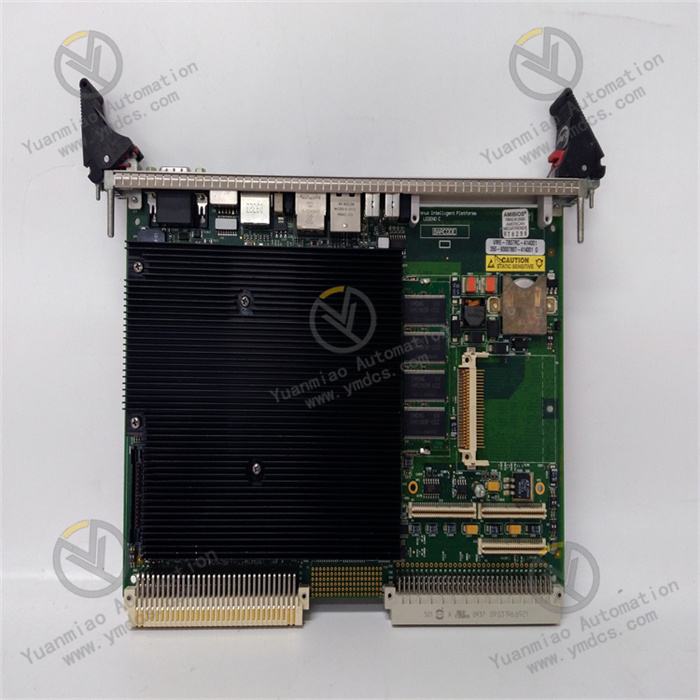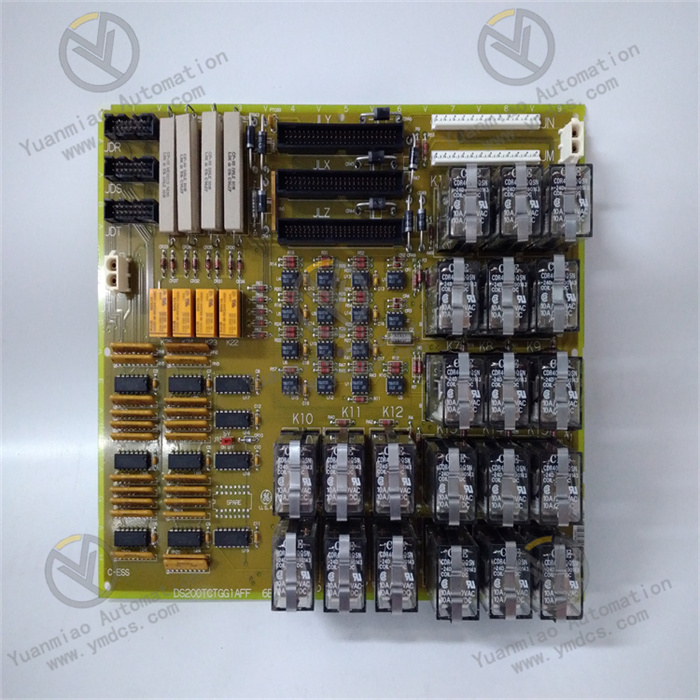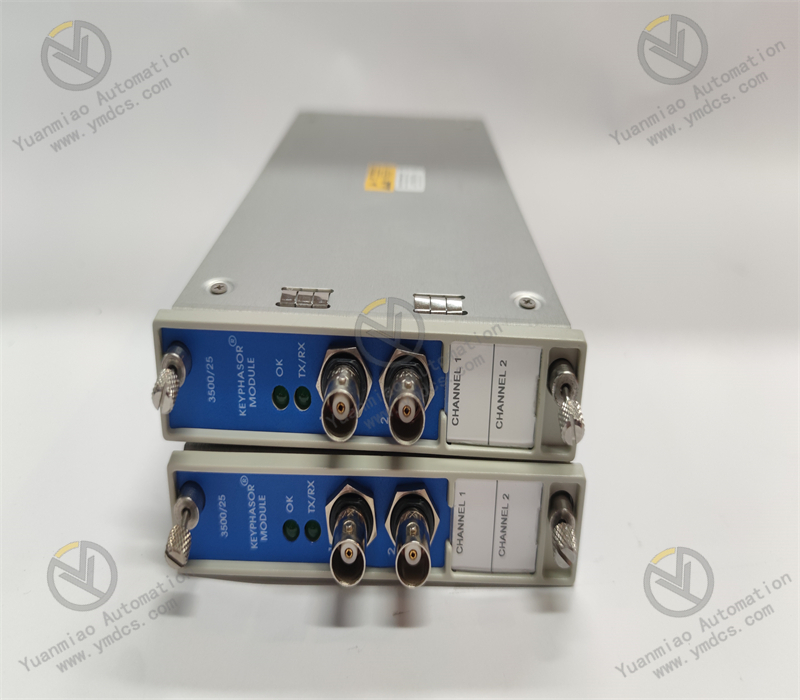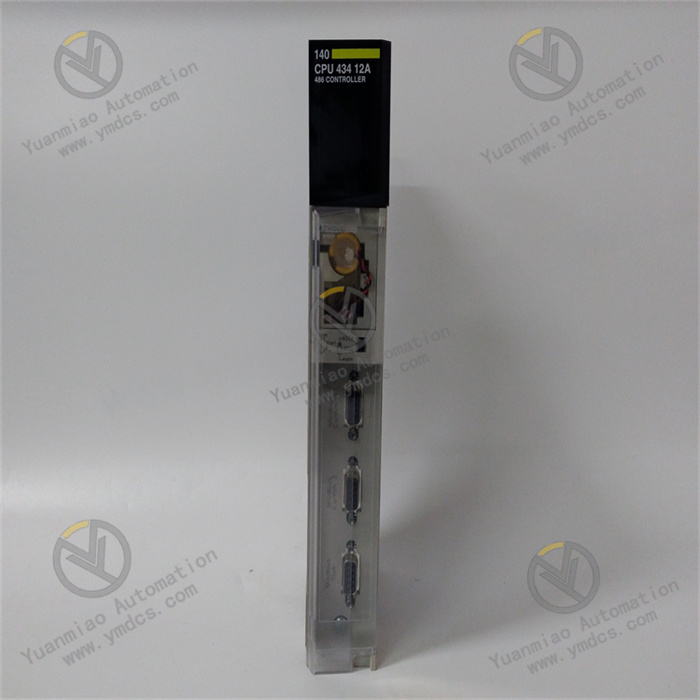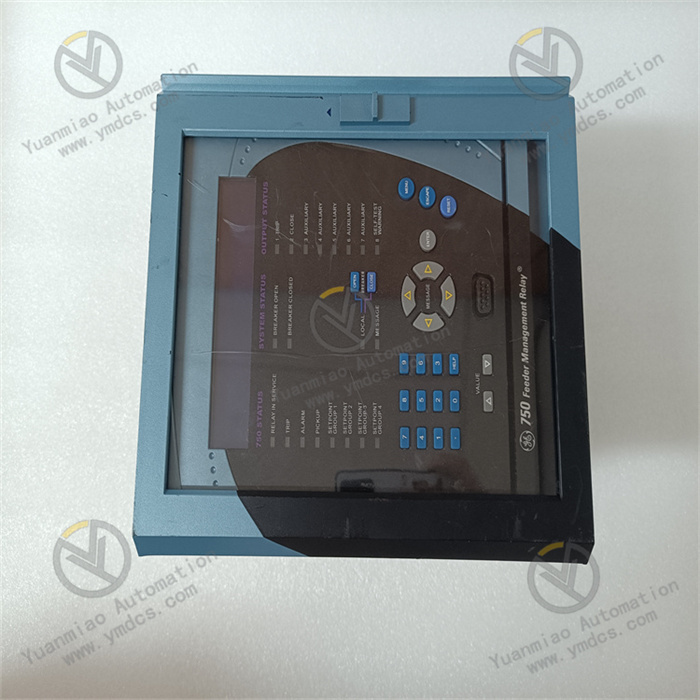Description
Working Principle Monitoring and Judgment: The SUE3000 continuously monitors the status of the main incoming line and the backup incoming line, including parameters such as voltage and current, as well as the working conditions of the busbar and the circuit breaker. Through the integrated detection device, these data are analyzed in real time to determine whether there are abnormalities in the power system, such as a fault in the main incoming line power supply or the voltage fluctuation exceeding the allowable range. Rapid Switching: When a problem is detected in the main incoming line that may affect the continuous power supply to critical loads, the SUE3000 will automatically switch the load from the main incoming line to the backup incoming line within the shortest time (only 30ms, that is, 1.5 cycles). This ensures that critical loads can continuously obtain a stable power supply, thus avoiding problems such as production downtime and equipment damage caused by a power interruption. Communication and Configuration: It supports multiple communication protocols, such as IEC 61850 - 8 - 1 MMS, IEC 60870 - 5 - 103, Ethernet interface, Modbus TCP, Modbus RTU, Profibus DP, and ABB SPA, etc. It can conveniently communicate and interact with other devices to achieve functions such as remote monitoring, configuration, and diagnosis. At the same time, it has flexible configuration options and can be set to different motor bus conversion modes according to different application scenarios and user requirements to adapt to the architecture and operation requirements of various power systems. Technical Parameters: Power Supply: The input voltage range is 110 - 220V. Function: It is a high-speed transmission device with multiple functions, including permanently determining the network conditions, and supporting multiple transmission modes such as fast transmission, transmission when the first phase coincides, residual voltage transmission, and time operation transmission. Application Scenarios: It is mainly applied to digital substation products, feeder protection and control, and other fields in medium-voltage products and systems.
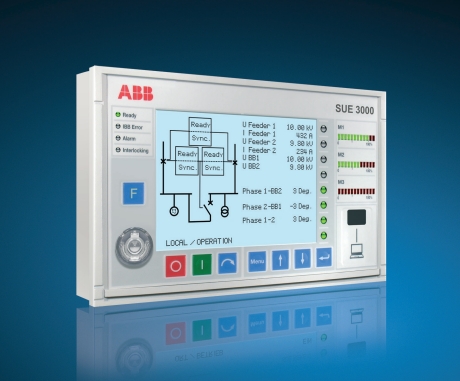
Common Faults and Solutions Failure to Switch Normally Fault Reason: It may be due to a fault in the detection device, which fails to detect the fault in the main incoming line in a timely and accurate manner; or there is an error in the switching control logic, resulting in the inability to execute the switching command; or there are mechanical or electrical faults in the actuator such as the circuit breaker, preventing it from operating normally. Solution: Check the connection and power supply of the detection device, and check whether there is fault alarm information. If necessary, replace the detection device; check the parameter settings of the switching control logic to ensure that they meet the actual application requirements. If there are errors, reconfigure the parameters; conduct a comprehensive inspection of the actuator such as the circuit breaker, including the lubrication and wear of mechanical components, as well as the good condition of electrical connections. Repair or replace the damaged components. Communication Fault Fault Reason: Poor connection of the communication cable, open circuit or short circuit; incorrect communication protocol settings, resulting in incompatibility with other devices; damage to the communication interface, preventing normal data sending and receiving. Solution: Check the connection of the communication cable to ensure its firmness and reliability. If it is loose, re-plug and fix it; use a cable tester to detect whether there is an open circuit or short circuit in the cable. If there is a problem, replace the communication cable; carefully check the settings of the communication protocol, including parameters such as baud rate, data bits, stop bits, and parity bits, to ensure consistency with the connected device; if the communication interface is suspected to be damaged, try to replace the communication module or contact the manufacturer for maintenance. False Alarm or False Switching Fault Reason: Improper sensitivity settings of the detection device may lead to misjudging some normal voltage fluctuations or momentary interferences as faults; external electromagnetic interference affects the normal operation of the detection device or the control logic; there are faults in other devices in the system, resulting in abnormal power parameters and causing the SUE3000 to malfunction. Solution: Appropriately adjust the sensitivity parameters of the detection device. Through actual operation tests, find a balance point that can accurately detect faults and avoid misjudgment; conduct an electromagnetic compatibility check on the SUE3000 and its related devices to ensure that its installation position is away from strong electromagnetic interference sources such as large motors and frequency converters. If necessary, take shielding measures; conduct a comprehensive inspection of the entire power system, check whether there are faults in other devices, and repair the problem devices found to eliminate the factors that may cause malfunction.


